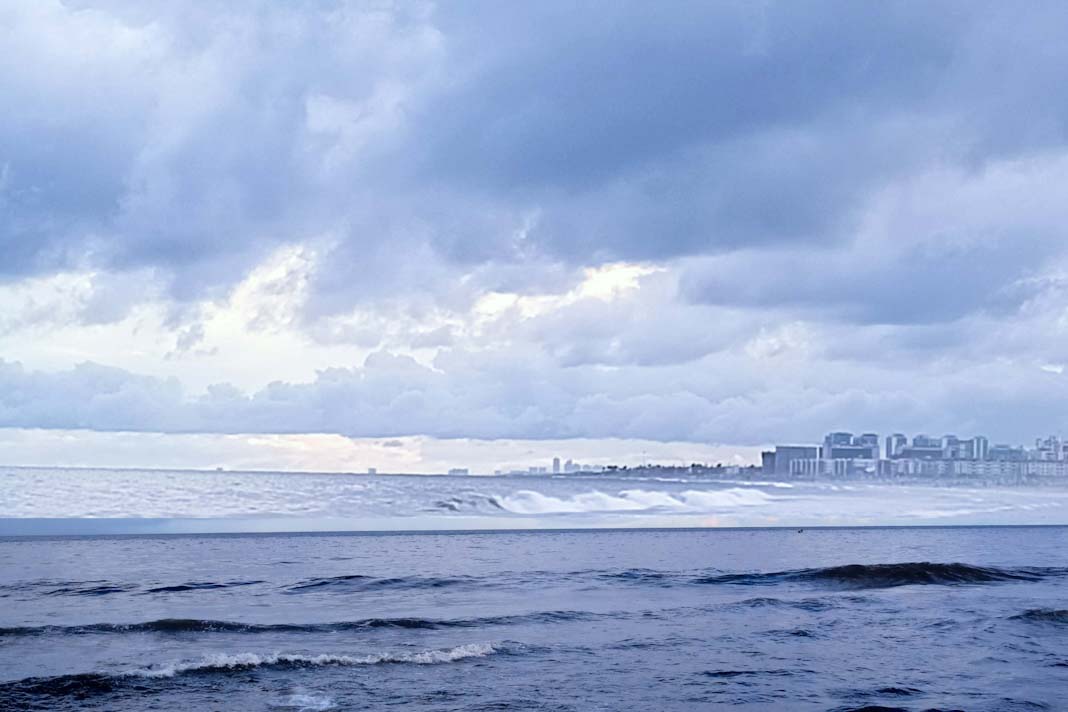
- Between May 2024 and April 2025, slips, trips, and falls (STFs) accounted for 22% of all reported injuries on the Outer Continental Shelf, overtaking lifting-related incidents for the first time in recent years.
- BSEE conducted a Performance-Based Risk Inspection (PBRI) across 19 Gulf of Mexico offshore assets, uncovering multiple safety gaps in training, hazard identification, and workplace conditions.
- Recommendations focus on enhancing awareness, improving hazard management, and implementing structured training and equipment inspection programs.
The Bureau of Safety and Environmental Enforcement (BSEE) identified a sharp rise in STF-related injuries across the Outer Continental Shelf from May 2024 to April 2025. These incidents often resulted in severe outcomes, such as extended time away from work or restricted duties. In response, BSEE carried out a targeted inspection of 19 production and well operation assets run by 17 operators, assessing STF risk factors and safety practices, according to safety4sea.
Key Findings from Offshore Inspections
The investigation revealed several recurring safety deficiencies:
- Training Gaps – Most operators lacked formal STF prevention programs, with only limited computer-based modules in use.
- Inconsistent Hazard Hunts – While personnel routinely cleared walkways, only one operator had formalised “Start Work Checks” before high-risk activities.
- Unguarded Edges – Sharp, unprotected edges were observed, posing serious injury risks during STF incidents.
- Attention Lapses – Many cases stemmed from workers being distracted while moving, such as looking upward while walking forward.
- Simultaneous Operations Hazards – Sites undergoing construction or well work presented cluttered, unsafe walkways, with inspectors—not crews—identifying the hazards.
- Safety Boot Oversight – Footwear standards existed, but inspection and maintenance programs were lacking.
- Visibility Issues – Poor contrast markings and faded paint contributed to falls, including a recent 20-foot stair fall.
BSEE’s Recommended Safety Measures
- To address STF risks, BSEE advises operators and contractors to:
Promote situational awareness, especially in high-risk zones, using practices such as the “20-20-20 rule.” - Keep high-traffic areas clear and adopt tools like IOGP’s Start Work Checks to verify safeguards before tasks begin.
- Develop formal STF training in line with OSHA walking and working surface regulations.
- Maintain strict foot protection policies, including regular inspections, in compliance with maritime safety codes.
- Assess all walkways, especially during heavy equipment operations, and ensure compliance with USCG workplace safety regulations.
- Identify and mitigate all sharp or unguarded edges through regular platform walk-downs.
Did you subscribe to our daily Newsletter?
It’s Free Click here to Subscribe!
Source: safety4sea
















